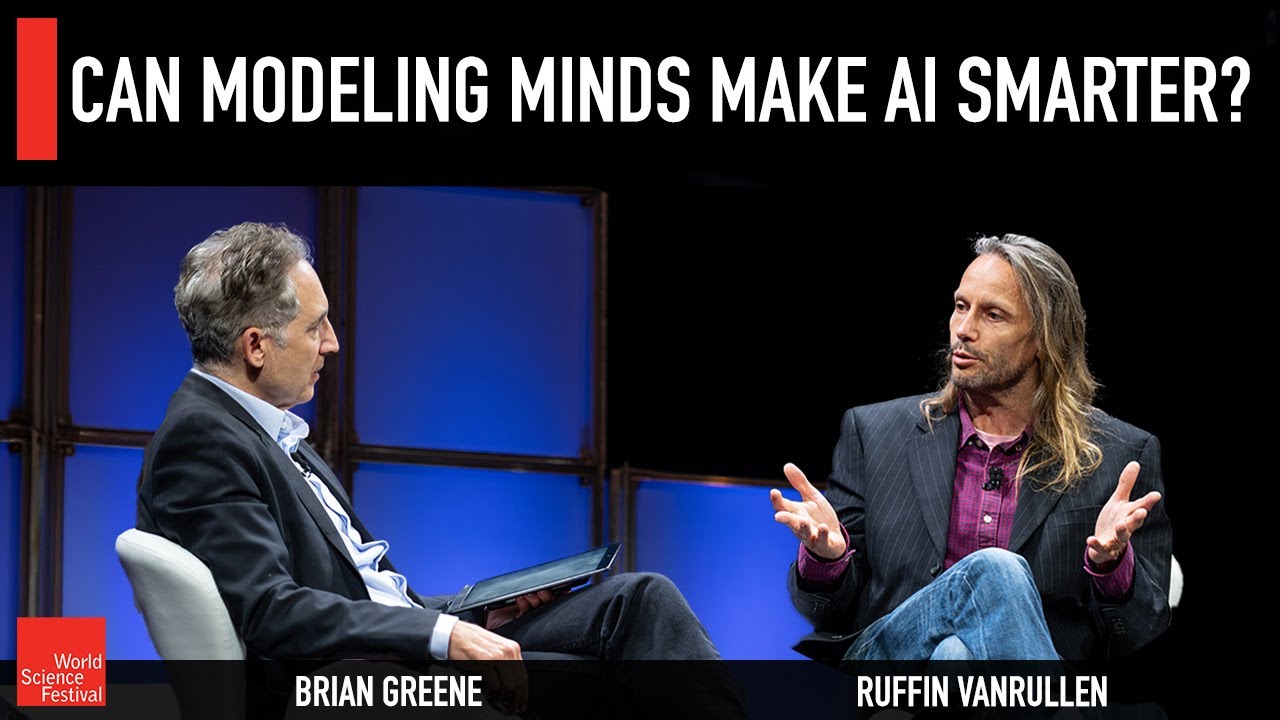The video explores how models of human consciousness, particularly the Global Workspace Theory, could enhance AI capabilities by creating brain-inspired architectures that better mimic human cognitive processes. Rufen Van Ruym discusses his research on integrating vision and language modules into AI systems, which may lead to more flexible and adaptive AI, while also addressing the ethical implications of developing potentially conscious AI systems.
The video discusses the potential for models of human consciousness to enhance artificial intelligence (AI) capabilities, particularly through the integration of brain-inspired architectures. The speaker highlights the impressive performance of large language models (LLMs) in generating coherent text without a deep understanding of language mechanics. However, there is a growing belief that to advance AI further, these systems may need a more refined architecture that incorporates models of the external world and cognitive processes similar to those in human minds. Researchers, including guest Rufen Van Ruym, are exploring how theories of consciousness, such as the Global Workspace Theory, can be integrated into AI systems to potentially bring them closer to artificial consciousness.
Rufen Van Ruym shares his background in neuroscience and AI, explaining his shift from symbolic AI to deep learning and neural networks. He expresses his belief that the current algorithmic approaches, while inspired by the brain, may not fully capture the complexity of human cognition. He emphasizes the need for a more sophisticated architecture that mimics the brain’s information processing, which could lead to more advanced AI systems. The discussion touches on the importance of understanding how the brain processes information and how this knowledge can inform the development of AI.
The Global Workspace Theory, proposed by Bernard Baars, is central to Van Ruym’s research. This theory posits that the brain consists of various specialized regions that process different types of information, with a central workspace that integrates and redistributes this information. This model accounts for the richness of our conscious experience and the ability to adapt responses based on context. Van Ruym believes that implementing this theory in AI could lead to systems that are more flexible and capable of navigating complex environments, similar to how humans and animals do.
Van Ruym’s team is currently working on a simplified version of this architecture, integrating vision and language modules to create a global workspace. They aim to demonstrate that this approach can yield emergent properties, such as improved performance in tasks that require the integration of different modalities. Preliminary results suggest that AI systems with a global workspace can adapt better to new situations compared to those without this architecture, indicating the potential benefits of incorporating such models into AI development.
The conversation concludes with a discussion on the implications of creating conscious AI systems. Van Ruym acknowledges the risks associated with developing AI that may possess some form of consciousness, emphasizing the importance of responsible research practices. He expresses confidence in recognizing and managing any emergent consciousness in their systems, advocating for transparency in the research community. The timeline for achieving significant advancements in this area is uncertain, with estimates ranging from next year to several decades, highlighting the unpredictable nature of AI development and the quest for understanding consciousness.
